Tuning your SafePoint System
The SafePoint system in it’s default configuration with it’s multi-layer Spam Filtering Technology and default set of Spam Scoring Levels is able to detect and block or filter up to 98% of all Spam/UCE received by the system.
The Spam Scanning & Filtering engine on the SafePoint system also incorporates a number of “self-tuning” and “auto-learning” mechanisms including Bayesian Analysis and Learning, which are able to automatically increase accuracy and sensitivity of the system over time.
It is also possible to increase the percentage of Spam/UCE detected and either blocked, quarantined or tagged by modifying the “Spam Score Levels” in the Spamfilter Config screen of the SafePoint control panel.
Once you have been administering your SafePoint system for a while and have a good overview of which emails are processed, tagged and quarantined by the system you will be able to determine the optimum Spam Scoring Levels for your particular application.
By “tuning” the system over time you will be able to achieve the optimum level of Spam/UCE detection and management for your particular email user base and the specific type and content of email messages received by your users.
Spam Scoring Tag Levels
The default “Tag Level 1” refers to the minimum Spam Score of an email message before it is tagged or “flagged” as being possible Spam/UCE. Messages scoring over this level will cause the system to the add “X-Spam-Status” and “X-Spam-Level” headers to the email so that they can be identified on the recipient end if necessary as being spam or not-spam and at what Spam Score Level the message has been assessed at.
The default “Tag Level 2” will mark a message as Spam/UCE by appending the “**SPAM**” tag to the message “Subject” line when it scores 5 points or more. The “X-Spam-Status” tag is also changed from “No” to “Yes” at this level.
The default “Action Level” is set at “15”. This will cause the SafePoint system to take the appropriate specified action on any messages that score above this level. This action is usually to either send the message to the Spam Quarantine mailbox on the SafePoint system or alternatively forward them on to an offsite mailbox (not on the SafePoint system) which you may have specified in the “Spam Quarantine” screen of the SafePoint control panel.
Reducing these Spam Scoring default levels will detect more Spam/UCE, but it may also potentially increase the number of “false positives”, this being legitimate email being blocked, quarantined or tagged as Spam. In it’s default configuration the SafePoint system is designed to minimize false positives. With no additional configuration or tuning the false positive rate is typically at less than 0.1%, or less than one in every 10,000 email messages processed by the system.
In addition to its low false positive rates, the SafePoint system can be configured with a Spam Scoring “Action Level” which is high enough that that even messages which are likely to be Spam/UCE are not blocked or quarantined but rather marked with the “**SPAM**” tag and “X-Spam-Status” and “X-Spam-Level” headers and forwarded on to the intended recipient.
Once received these tagged messages can then either be checked visually to see if there are any legitimate messages or otherwise the user can set up their email client to detect and divert any tagged messages to a “spam” or “junk” folder or mailbox.
In general, the Spam Scoring “Action Level”, which is set at “15” by default, should be kept reasonably high until you become familiar with administering your SafePoint system as if this value is set too low this may increase the possibility of a legitimate email message being sent to the Spam Quarantine, in which case you may have to retrieve it at the request of a user or otherwise check the Spam Quarantine mailbox more carefully or more regularly to ensure that there are no legitimate emails of any significance contained there.
The default Spam Scoring values set on the SafePoint system are quite conservative so as to minimize the chance of any legitimate emails being blocked or directed to the Spam Quarantine. It is recommend that these levels be maintained until you become familiar with the operation of your SafePoint and the type and content of the email messages being processed by the system and are able to determine the optimum levels for your particular application and email user base.
You can expect that over time you will adjust these default levels downwards to an optimum level where a high level of Spam/UCE detection and blocking is achieved with very little chance of any legitimate email messages being blocked or quarantined.
A general example of the optimum Spam Scoring Levels for a SafePoint system in a “production” environment would be as follows:
Tag Level 1 : 2 to 3
Tag Level 2 : 3.5 to 5
Action Level : 6 to 10
When setting the Spam Scoring Level values, the lower this number the more sensitive the filter becomes.
The type and content of email messages is widely variable however in general a Spam Score Level threshold of 3.0 to 3.5 should increase the amount of Spam/UCE detected significantly but in most cases is unlikely to produce a significant increase in the number of false positives.
If you and your end users are receiving a significant number of Spam emails being delivered to your email accounts you may decide to adjust your Spam Scoring “tag” and “Action” levels to more sensitive levels, such as in 3.5-5 range for the “Tag Level 2”, and the “6-10” level for the “Action Level” where messages scoring above this level are directed to the Spam Quarantine.
If you are seeing only a relatively small number of Spam messages you may decide to maintain your “Tag Level 2” at the current default level of “5”, or possibly even adjust this value higher, and your “Action” level at the “15” default level or possibly higher. This would depend on the needs and requirements of your particular email user base and the specific type and content of email messages received by your users, and your tolerance with respect to the possibility of having legitimate email messages directed to the Spam Quarantine.
Alternatively, if you are seeing a significant number of legitimate emails being tagged as “SPAM” you may decide to reduce your filter’s sensitivity level by increasing the “Tag Level 2” level in the Spamfilter Config screen of your SafePoint system. Likewise, if you are seeing a significant number of legitimate emails being directed the Spam Quarantine you may decide to reduce your filter’s “Action Level” sensitivity by increasing the Spam Scoring “Action Level” value.
The default Spam Scoring Levels set on your SafePoint system are a good overall default configuration for detecting and filtering Spam/UCE and other unwanted email, and your SafePoint system will via it’s own auto-learning and auto-tuning mechanisms become more sensitive and adept at the detection and handling of Spam/UCE and other unwanted email over time. Based on your own requirements it may still be a good idea for you experiment with and adjust the sensitivity of your Spam Scoring Levels in order to achieve the best overall level of Spam/UCE detection and management for your particular email user base and the specific type and content of email messages received by your users.
| Next : IP/Domain Blacklists |

















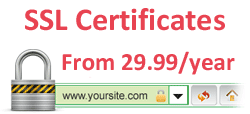
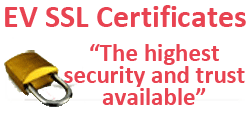
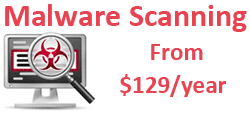


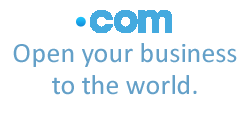

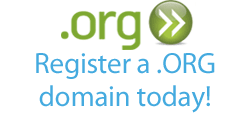



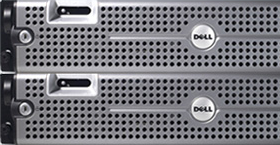



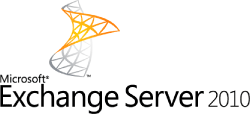



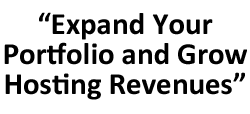
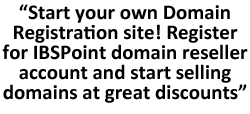












 LinkedIn
LinkedIn